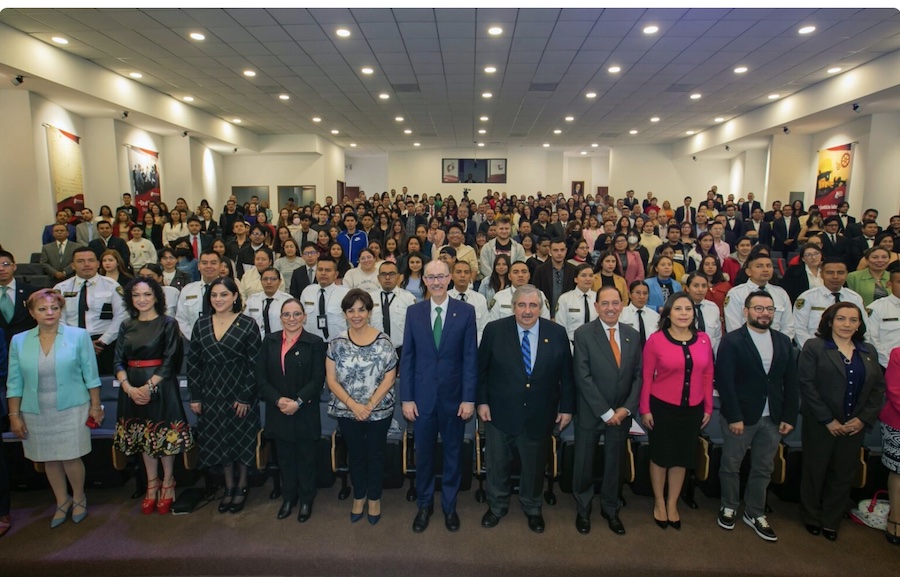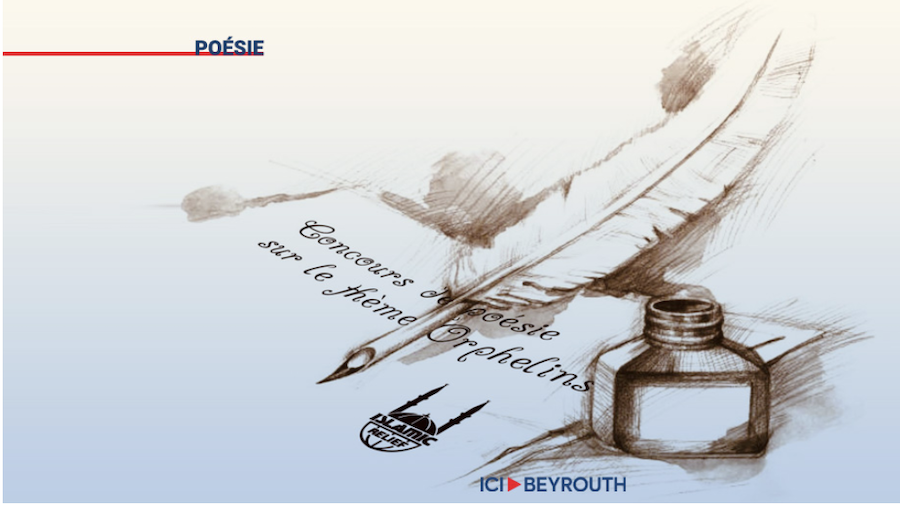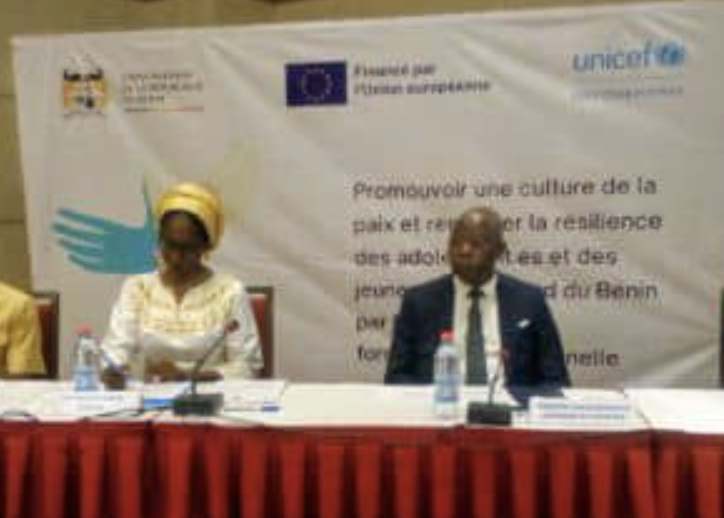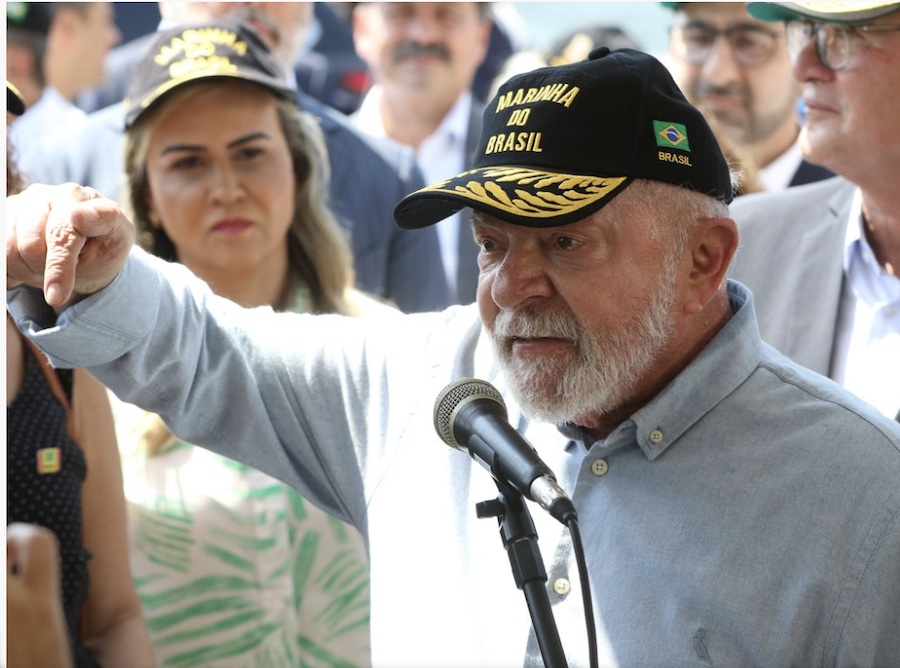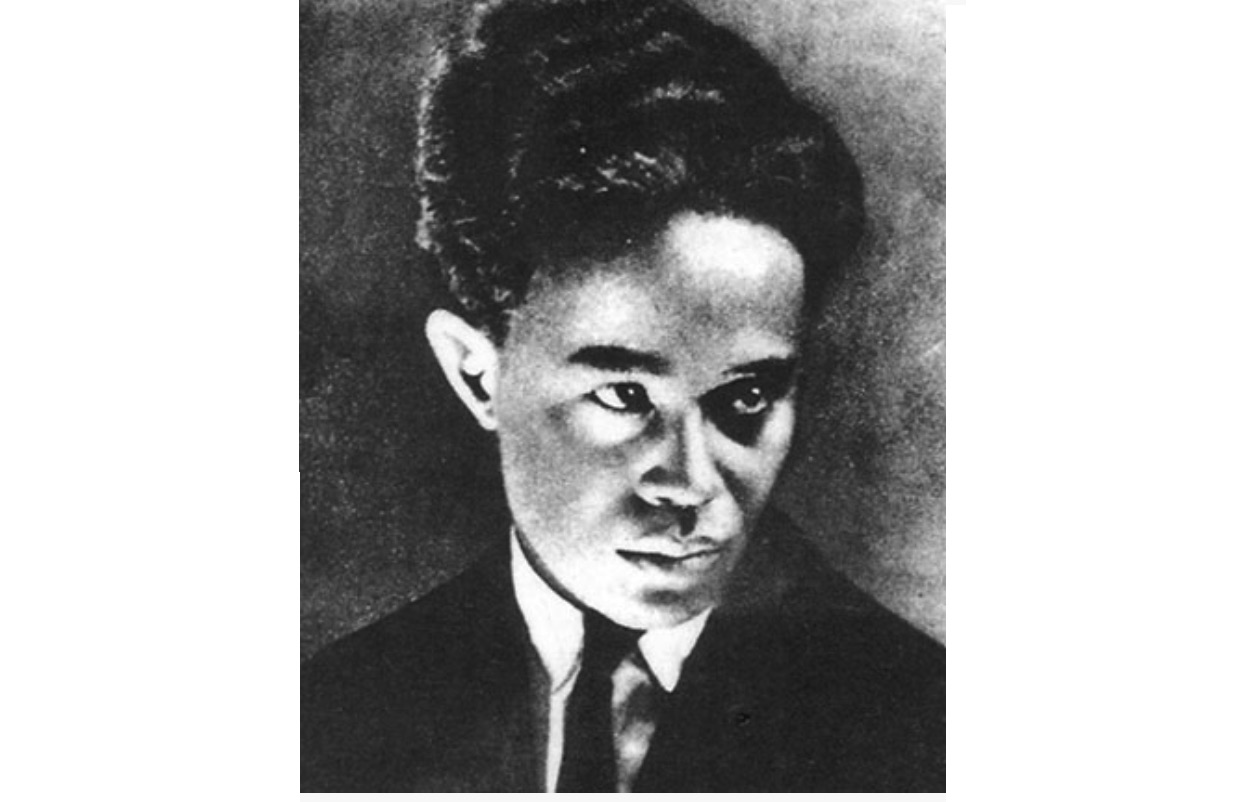EDUCATION FOR PEACE .
An article by Issa Siguire in Le Pays de Burkina Faso (translation by CPNN)
The lanterns of the 28th edition of the Pan-African Film and Television Festival of Ouagadougou (FESPACO) went out on March 4, 2023. It was Youssef Chebbi of Tunisia, who won the Etalon d’or de Yennenga, with his film “Ashkal”. Burkinabe director Apolline Traoré wins the Silver Stallion.

Tunisian director Youssef Chebbi succeeds Somalian Khadar, director of the film “The Gravedigger’s Wife”, by winning the Yennenga Gold Stallion, with his film “Ashkal” at the 28th edition of FESPACO. Absent at the ceremony, his representative received the trophy and the sum of 20 million CFA francs in his name. `
Directors Apolline Traoré from Burkina and Angela Wamai from Kenya, 2nd and 3rd respectively, win the Silver and Bronze Stallions.
For Dora Bouchoucha, president of the jury, the process which led to the choice of the film brings together political considerations, entertainment and cinematographic creativity. “In the Three Stallions, there is all that. But the one that had more creativity, more cinematic talent, was the Ashkal movie,” she explained.
Even if Apolline Traoré did not win gold, she says she is proud to win the Silver Stallion: “We have problems. This Gold would have comforted the people of Burkina Faso but if it can do it for the Tunisian people who also have problems, so be it. After my special prizes, I can not dare to say that I am not happy, “she rejoiced.
As for the Minister in charge of the Arts of Burkina Faso, Jean Emmanuel Ouédraogo, he was delighted with the holding of the festival which, in his opinion, shows to the eyes of the whole world that Burkina Faso is still a country to be visited. “It was also a way for us to show that despite all the difficulties and security pressure, Burkina Faso remains standing as well as African culture”.
And to express the gratitude of Burkina to Mali, guest country of honor and to its counterparts from the sister countries of Côte d’Ivoire, Chad, Senegal, Guinea Conakry, like the Minister in charge of Culture of Burkina, that of Mali, Andogoly Guindo, welcomed the masterful organization. “I would like, at this stage, to renew the gratitude of the Malian government, of the Malian people to the Head of State of Burkina Faso. We can safely say that this 28th edition has kept its promises”, he declared.
It should be noted that the results of the 28th edition of FESPACO were drawn up by its General Delegate, Moussa Alex Sawadogo. According to him, more than 10,000 accredited people, including 2,413 film and audiovisual professionals and 1,328 journalists, made the trip to experience the festival of African cinema live. 95 directors of film festivals responded to the call of the biennial of African cinema. Better still, some fifty countries from diverse backgrounds were welcomed to the capital of African cinema, Ouagadougou.
“I take this opportunity to convey all my gratitude to the institutional and private partners from America, Europe and Africa without forgetting the State of Burkina Faso and Mali, guest of honor country which, by their presence, their support financial, material and technical, for their multifaceted contributions, gave the celebration an exceptional beauty. Our congratulations go to all the winners of the 28th edition of FESPACO, recipients of special prizes or prizes from the official juries“, said Moussa Alex Sawadogo, before announcing that the 29th edition of the biennial of African cinema will take place from February 22 to March 1, 2025.
(continued in right column)
(Click here for the original French version of this article.)
Question for this article:
Film festivals that promote a culture of peace, Do you know of others?
(continued from left column)
The 28th edition of FESPACO in numbers
– More than 10,000 accredited participants
– 2,413 film and audiovisual professionals
– 1,328 journalists
– 95 directors of film festivals
– 50 from different countries were welcomed in the capital of African cinema;
– 1,200 films were viewed
– 170 officially selected films
– 12 sections;
– 365 screening sessions
– 9 rooms
– 36 screening sessions in Kaya on eight (08) selected sites
– 96 booths out of 98 occupied at the 21st MICA
– 218,000,000 CFA francs distributed under the official prize list and special prizes.
– 22 participants in the Yennenga Academy including 16 girls
– 08 candidates for five scholarships provided for the Yennenga Post-production;
– 17 participants for the Yennenga Co-production;
– 16 papers
– 5 practical workshops
– 57 archive professionals took part in the workshops.
Sources: Press kit
They said:
Minister in charge of the Arts of Burkina Faso, Jean Emmanuel Ouédraogo: “African culture remains standing”
“It was a huge challenge for Burkina to organize this 28th edition of FESPACO. Tonight, we can say that it is a challenge that has been met. It is a way for us to say that despite all the difficulties, including those of security, Burkina Faso remains standing. African culture remains standing and I think it is a great proof of this state of mind that has been given through the organization of this edition. Mali is the guest country of honour. It is hand in hand, with Mali, that the organization was carried out. We had the honor and the pleasure of counting among us counterparts from our brother countries, from Côte d’Ivoire, Chad, Senegal and Guinea Conakry. I think it’s a very good lesson in solidarity that has been given through this edition. »
Minister of Culture and Francophonie, Françoise Remarck: “FESPACO is essential and demonstrates that African culture and cinema are important elements for the influence of our continent”
“I really salute the organizing committee for the work done. I salute the commitment of my colleague from communication and culture in Burkina Faso. I thank him for all the attention towards me and my delegation. The level of competition was high. These biennales demonstrate that our countries were right to invest in cinema. Some organized countries raise the level but we also see the arrival of new countries such as CAR, Mauritius, Cape Verde. This means that by implementing cinema policies, by investing, it pays off. We are extremely happy to be here. We congratulate all those who have been selected and of course, all the winners. FESPACO is essential and demonstrates that African culture and cinema are important elements for the influence of our continent. They make it possible to highlight our personal stories, to change the narrative about us and all this is to be credited to FESPACO. We are very proud of it and we are very happy with what we have seen. We take this opportunity to say thank you to Burkina Faso. We congratulate the organizing committee which, despite the rather special condition, did not give up, on the contrary, took up the challenge and we are very proud of it. »
Apolline Traoré, director and Etalon d’Argent: “We will continue to fight”
” We have problems. This Gold would have comforted the people of Burkina Faso but if it can do it for the Tunisian people who also have problems, so be it. After my special prizes, I can’t dare say that I’m not happy. It wouldn’t be good of me. Even if I don’t have the Gold Stallion, I have the Silver Stallion and I’m happy about it. I’m not giving up, I’ll keep fighting. I had also hoped that a woman would win the Etalon d’or for the first time, even if it wasn’t necessarily me. But we will continue to fight. »
Chloé Aïcha Boro, Burkinabe director: “FESPACO makes us and we make FESPACO”
“As a rule, the artists that we are, we criticize. We criticize the policies, the organization. We are in our role and it is normal. This announcement, we must salute the fact that they have maintained the edition despite the security context. As for the organization, it’s FESPACO and there’s always a mess. We love and we hate it at the same time. FESPACO is our home. It makes us and we make the FESPACO”.
